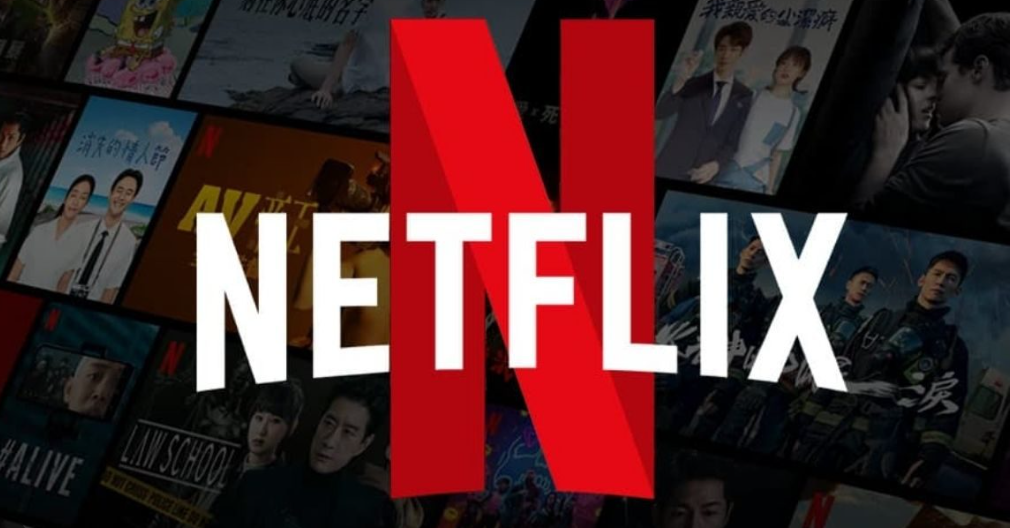Netflix Raises Subscription Prices Amid Soaring Demand
5 min read
Netflix, the streaming giant that has revolutionized the way we consume entertainment, has announced yet another round of price increases for its subscription plans. This decision comes as Netflix experiences substantial growth in its subscriber base, solidifying its position as one of the world’s leading streaming services. In this article, we will explore the reasons behind Netflix’s price hikes, how these changes affect subscribers, and what it means for the future of the streaming industry.
The Streaming Industry’s Evolution
Over the past decade, streaming services have transformed the entertainment landscape. The convenience of on-demand content, the absence of ads, and the ability to watch across various devices have driven millions of people to cut the cord on traditional cable TV. Netflix, one of the pioneers of this revolution, has played a pivotal role in shaping the industry.
Netflix’s initial competitive edge was its affordable pricing, offering an extensive library of content for a fraction of the cost of cable subscriptions. As a result, it rapidly gained millions of subscribers. However, as the streaming market matured, so did Netflix’s strategy.
The Price Increase History
Netflix has been gradually raising its prices over the years. These increases have allowed the company to invest heavily in producing its original content, such as “Stranger Things,” “The Crown,” and “The Witcher.” While this strategy has been successful in creating a compelling content library, it has come at a cost to subscribers’ wallets.
Here is a brief history of Netflix’s price increases:
October 2017: Netflix raised the price of its standard plan from $9.99 to $10.99 per month, while the premium plan increased from $11.99 to $13.99 per month.
October 2020: Netflix implemented another price increase. The standard plan jumped to $12.99 per month, and the premium plan rose to $15.99 per month.
January 2022: Netflix initiated yet another round of price hikes. The standard plan surged to $14.49 per month, while the premium plan climbed to $17.99 per month.
Netflix’s Recent Price Hike
In October 2022, Netflix announced another round of price hikes for its subscription plans. The standard plan’s monthly cost increased to $15.49, while the premium plan reached $18.99. The basic plan, which offers one screen and no HD streaming, remained at $8.99 per month.
The reasons behind this price increase are multifaceted:
Investment in Original Content: Netflix is committed to producing a continuous stream of original content to maintain its position in the competitive streaming market. This requires substantial financial investments.
Inflation and Operating Costs: Inflation and rising operating costs, such as content licensing fees and technology infrastructure, put pressure on the company’s finances.
Market Positioning: With its ever-expanding library of exclusive content, Netflix seeks to solidify its position as a premium streaming service.
Growing Subscriber Base: As Netflix’s subscriber count continues to rise, the need for content quality and server capacity increases, necessitating more substantial resources.
Impact on Subscribers
While Netflix’s price increases may be concerning to some subscribers, it’s important to consider the value offered by the service. Netflix remains one of the most comprehensive streaming platforms, with an extensive catalog of original and licensed content. The price hikes support the creation of more original content and the maintenance of high-quality servers, ensuring subscribers receive a top-notch streaming experience.
Subscribers may want to evaluate their viewing habits and the number of screens they need access to when choosing a plan. For households sharing an account, the premium plan, which offers four screens and Ultra HD streaming, may still be a cost-effective option.
The Future of the Streaming Industry
Netflix’s price hikes are part of a broader trend in the streaming industry. As more services enter the market and competition intensifies, companies are investing heavily in producing content to attract and retain subscribers. This strategy necessitates revenue growth, often through price increases.
Streaming is now an integral part of the entertainment ecosystem, and while subscribers may grumble about occasional price hikes, the convenience, flexibility, and ad-free viewing experience it offers continue to drive its popularity.
Netflix’s decision to raise subscription prices is a reflection of the evolving streaming industry. As the demand for streaming services continues to surge, companies like Netflix are prioritizing content production and service quality, requiring additional financial resources. While the price increases may be unwelcome for some subscribers, they are essential for maintaining a high-quality streaming experience and keeping Netflix at the forefront of the industry. The world of entertainment is evolving, and streaming services are at the forefront of this transformation.












